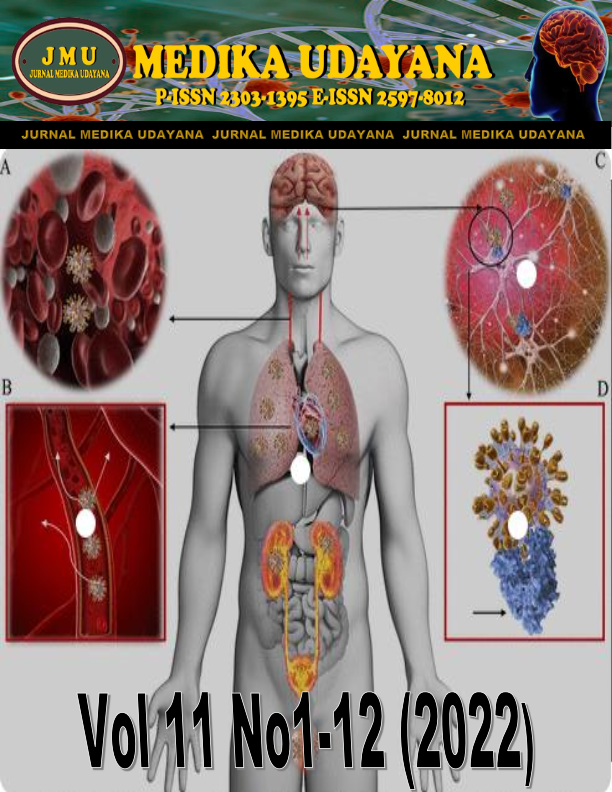Prevalence of Lumbar Hyperlordosis in Dance Department Students, Faculty of Performing Arts, Indonesian Art Institutes Denpasar Bali Batch of 2018-2020.
Abstract
Background: The spinal curvature of an adult varies in normal range. Abnormal curvature of the spine is known as scoliosis, kyphosis, and lordosis. There are
several factors that can cause spinal abnormalities, one of which is the continuous application of abnormal posture. Body posture during traditional Balinese dance is considered abnormal because it applies positions such as excessive curving of the spine and puffing out the chest towards the front so that the dancer's body curve is seen more clearly. Poor posture that is used continuously can affect the curvature of the spine.
Objective: The study was to identify the prevalence of lumbar hyperlordosis in Dance Department Students, Faculty of Performing Arts, Indonesian Arts Institute Denpasar Bali Batch of 2018-2020.
Method: This study is a descriptive quantitative study with a cross-sectional design. The research sample was 44 students of the Department of Dance. All
samples were given a self-data questionnaire then the spinal curvature was measured with a flexicurve. Analysis of the data collected in univariate and
bivariate analysis, processed using SPSS Version 26 using cross tabulation.
Result: The prevalence of students experiencing lumbar hyperlordosis was found more than normal lumbar lordosis, namely 35 people (79.5%) with hyperlordosis and 9 people (20.5%) with normal lumbar lordosis.
Conclusion: The prevalence of lumbar hyperlordosis was higher than normal lumbar lordosis in female students with Balinese dance activities.
Keywords : Balinese dancer, lumbar lordosis, flexicurve ruler











